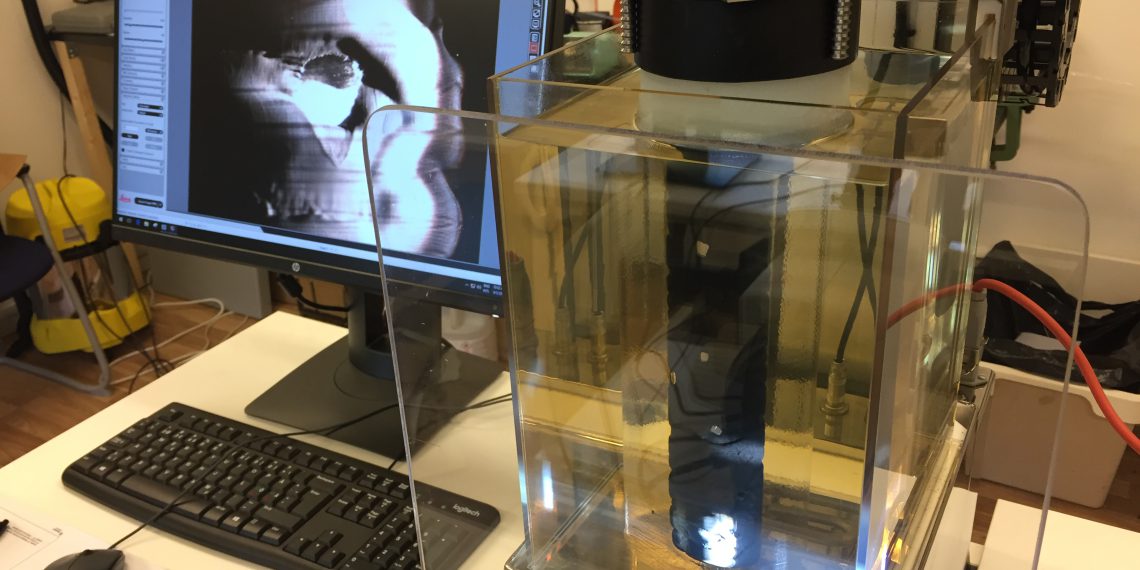Identifying flaws at the earliest possible stage, ensuring quality, and avoiding complaints – this is the purpose of Bilfinger Cable Check. Working in close collaboration with the global chemicals corporation Borealis, the Bilfinger subsidiary Bilfinger Industrial Services Sweden has developed a cable-inspection device used to confirm the quality and purity of the insulating material used in high-voltage cables. This allows the manufacturers of cables and insulating materials to detect impurities or irregularities in the material, thereby reducing the risk of malfunctions.
“With Bilfinger Cable Check, we are making high-voltage power safer. We identify defects before the end product leaves the factory. This significantly reduces the risk of later complaints. Many of these cables later will be laid on the ocean floor, meaning that any malfunctions would end up being very expensive.”
Anders Olsson, Product Manager at Bilfinger Industrial Services Sweden
Cable Check was developed in response to the need for a precise and easy-to-use laboratory device capable of analyzing quality and purity in the production of cross-linked polyethylene (XLPE), a synthetic material used primarily to insulate high-voltage electrical cables. The cable-inspection device is already being used in Europe, the United States, and Asia by cable manufacturers, OEMs, XLPE producers, and testing institutes. It consists of a stereo microscope, i.e. a special optical microscope featuring ultra-intense illumination and an integrated camera that is mounted on a multi-axle base. The microscope is hooked up to a computer so that the analytical findings can be recorded. The unit also includes integrated functions that allow the user to fully re-trace the analytic processes performed.
During the cable-inspection process, the cable’s external semiconducting layer is removed and submerged in a heated oil bath. In the process, the crystalline components melt and the sample becomes amorphous and transparent. This allows any impurities or cavities in the insulation as well as any defects of the internal semiconductor to be visually identified. Under certain conditions, branching structures in the cable known as “water trees”, which originate at defective points in the cable insulation, will become recognizable.
In 2018, Bilfinger was able to secure four orders for cable-testing devices. The most recent of these was awarded by Maillefer, the global leader in wire, cable, pipe and tube production technologies. The scope of delivery for the individual orders included spare parts, training sessions, and start-up services, as well as options for enhanced functionalities.

















